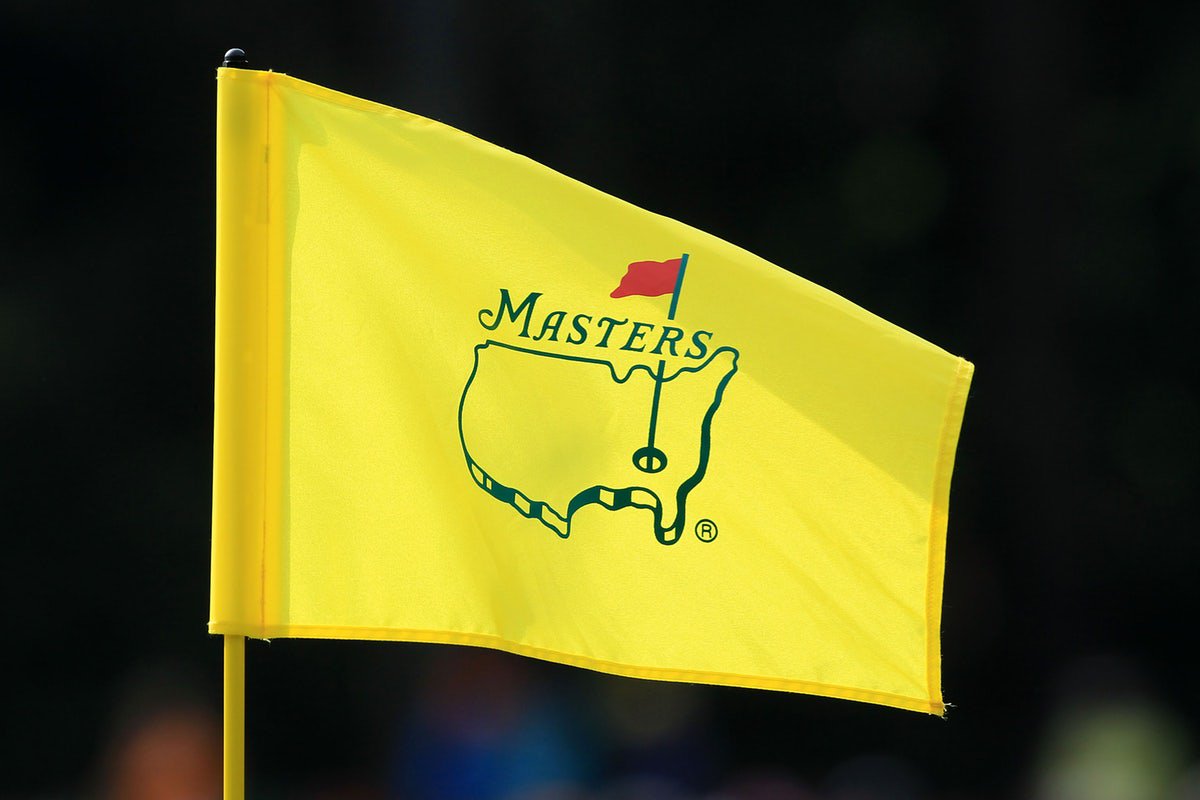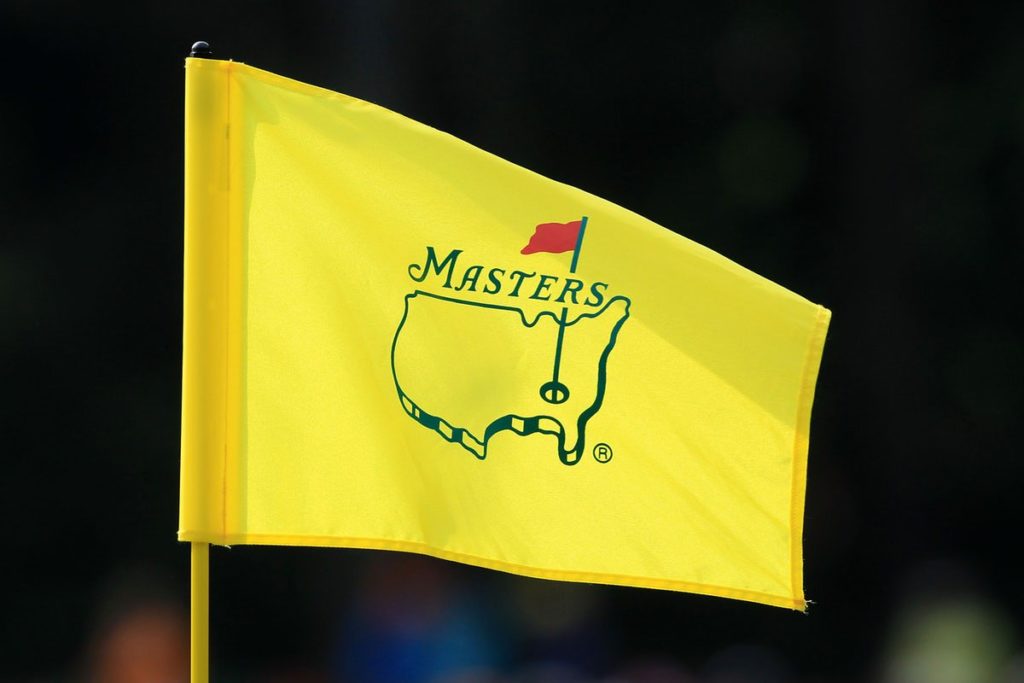AUGUSTA, Georgia — The man with the best shot at beating Tiger Woods in the final round of the 83rd Masters Tournament wore the sorrowful, caged look of a guy caught at an opera he didn’t want to attend, much less be in.
But against this much history and this much Masters experience, against this tidal wave of Fate, Francesco Molinari did just about as much good Sunday as his home country of Italy did in World War II.
There would be no denying Woods, who would turn the afternoon into 2005 again — the year of his most recent Masters championship — and win his fifth green jacket by a single stroke with a 2-under 70 amid chants of “Tiger! Tiger!,” wearing the familiar Sunday red and black he wore before all the personal problems and surgeries, back when he was young and the most feared golfer on the planet.
Oh, the Italian’s allies put some heat on Woods, who started the round at minus-11, tied with the young and athletic Tony Finau, both two back of Molinari, the 2018 British Open champion and a determined player who won five points for the Europeans in their Ryder Cup victory over the Americans last year. Still, when Woods walked off No. 15 with a birdie, the lead was his alone at minus-13, which proved to be the winning number.
Dustin Johnson birdied four of the final six holes and shot 4-under for the day. Finished at minus-12.
Xander Schauffele matched Johnson’s 68 but could do no better than par on each of the final four holes. Finished at minus-12.
Brooks Koepka, winner of two of the last three majors coming into this one, was 2-under for the round but missed an 8-foot birdie putt on 18 that would have forced Woods to par 18, which he played safely and bogeyed. More on Koepka in a moment, but like Johnson and Schauffele, he finished minus-12.
That’s second place.
And that meant Woods had won a remarkable fifth green jacket, and in an efficient and workmanlike manner: 70-68-67-70-275. It meant he’d won his first major in 11 years and become, at 43, the second oldest player to win the tournament behind Jack Nicklaus at 46 in 1986. He hit 10 of 14 fairways Sunday, 15 of 18 greens, putted 32 times, made the second-most birdies of anybody in the tournament and never double bogeyed.
Sunday was all about patience and timing.
When Woods took the lead for good on 15, eight players were within two strokes of his lead. As he was on the green, he was one of five players tied for the lead at minus-12.
“Lot of guys playing good right there,” Woods said.
But if you backtrack a bit, the difference in the 2019 Masters proved be two of the tournament’s biggest, most well-known stars: Woods himself, and the 155-yard par-3 12th hole, Golden Bell.
First, No. 12. Woods still trailed by two as the trio of Woods, Molinari and Finau stood on the tee box of what Nicklaus calls the hardest par-3 in the world. Narrow green, water in front, bunkers forward and behind. That you have to play it during the Masters, in every round and especially on Sunday, is another reason.
Molinari hit it in the water. Caio, Francesco. Addio.
“Hit 8-iron,” Molinari said. “Should have hit it harder.”
Should have.
Then Finau hit it in the water. He should have hit it harder too.
Moments before, Woods had watched from 11 green — he and Molinari each parred — as Koepka, in the group immediately ahead, hit into 12’s front bank. First gravity. Now water.
Koepka would later explain he’d hit he shot as he wanted but that a gust of wind batted his ball down. Too bad, because he’d started the day only three strokes off the lead and was 1-under on the day at the time, hanging around with 13 and 15, the par-5 money holes, coming up.
“The wind can make you look stupid on that hole,” Koepka said.
And then Woods watched Ian Poulter, who’d begun the morning four back, do the exact same thing.
“All of a sudden,” Woods said, “the leaderboard flipped.”
It happens. Nicklaus went in the water twice there in 1992. Made 7. Tom Weiskopf famously hit five balls in the water on 12 in 1980. Made 13. Payne Stewart, 1985, made a 9.
Most recently, Masters fans remember Jordan Speith seeing his lead vanish when he hit it twice in the water there in 2016 as defending champion. Cost him back-to-back wins.
By the time Molinari and Finau plunked theirs Sunday in the exact same way and in the exact same spot, in front of the right-side pin, in had become like watching blindfolded men walk off a cliff.
In an illustration of common sense for all the golf world to see, Woods hit it over the bunker left, safely on, made par and pulled even with Molinari, who made 5.
“I felt the wind puff up a little bit and told myself to get it over the bunker, make par and go handle the par 5s,” Wood said. “The mistake Francesco made there allowed a lot of guys to get back into the tournament, myself included.”
Koepka got the two strokes back with an eagle on the 13th, but on this day, against this Woods, a single stoke of mistake was one stroke too many.
Beginning with Koepka’s ball in the water on 12, what Woods called “the buzz back there” on Amen Corner became a real live thing. Everyone was suddenly 11 years younger. Miley Cyrus was a thing, Obama had been elected president and Woods was winning the 2008 U.S. Open, the most recent of his majors titles until he won his 15th Sunday on the course where he feels most at home.
“It’s probably the coolest back nine I’ve ever been a part of,” Koepka said, “with so many guys going up and down, the lead changing hands no matter what hole you were on…”
“You had Patrick (Cantlay, who briefly had a share of the lead) making a run, Xander making a run, DJ making a run,” Woods said. “Then Tony and Francesco make a mistake and I’m thinking, ‘We have the most holes left to play. Whatever holes they birdie in front of me, I’ll birdie the same holes. Be patient. Keep doing the little things well.’”
That’s what happened. Great iron to set up birdie on 13. The safe iron on 12. And the semi-dagger, the iron to 4-feet on 16 that pushed his lead to two with two to play.
Three threats remained. Actually, four. Two of them, Johnson and Schauffele, hit into 18’s fairway bunker and parred. Koepka missed his birdie putt.
The final threat, Woods, got to thinking. In 2005, he’d bogeyed both 17 and 18. That forced a playoff with Chris DiMarco that Woods won.
“Thought about that,” Woods said. “This time on 17, I smoked it.”
Par. And the safe bogey on 18 for a win by the slimmest of margins.
“Now I know why I’m balding; this stuff is hard,” Woods said. “Lot of drama out there.”
So the winning putt fell and then the pictures are these: hugging his mom and two children, including one who hadn’t been born when Woods won the U.S. Open in 2008. Shaking hands with players outside the scorer’s building, including the hand of Justin Thomas, a PGA champion who was 14 in ’08. Getting the green jacket in Butler Cabin: weather concerns — dodging forecast thunderstorms is why the field went off in threesomes at 7:30 a.m. on both 1 and 10 — meant the green jacket ceremony outside was cancelled, but Woods had already been through four of those before so…
Put those celebratory pictures up against the Woods mugshot, the Woods on his knees in the fairway of The Barclays in 2013 due to back spasms, the Woods X-rays of the bad back that needed spinal fusion in 2017 when the 2019 Masters champion didn’t know if he’d ever play golf again, much less competitively.
Turns out he is. And now the question of whether or not he can match Nicklaus’ 18 majors is a thing again.
“We all knew Tiger was back,” Koepka said, speaking for the players. “I think he just put the exclamation point on it. I think 18 may be closer than you think.”
Woods on Masters Sunday was not Hogan coming back from a head-on collision with a Greyhound bus in 1949, spending two months in the hospital with a double-fractured pelvis, fractured collar bone, left ankle fracture, chipped rib, near-fatal blood clots, then losing a playoff in the LA Open 11 months later and winning six more majors — but it is another positive, even remarkable step in an extraordinary story, a day that ranks with any other day among the most exciting and compelling in American sports history.
“I had serious doubts (if I could win again),” Woods said. “Two years ago I couldn’t do much of anything. Luckily I had the procedure on my back that gave me a chance to have a normal life. Then I found out I could swing a club. And I thought if I could piece this together, I still have the hands to do it. My body’s not the same, but I do have good hands. And coming here, I knew I was playing better, starting to shape shots. I just felt so prepared.”
“As a fan I love it,” Koepka said. “I think it’s awesome. I’m glad I got to be part of it. Finishing second, I’m still a little bummed out…but you want to play the best, and I went toe-to-toe with him and can leave saying I gave it my all.”
Kopeka broke into a big smile and shook his head.
“He’s just good man,” he said. “I don’t know what else to say.”
Molinari, Sunday morning’s leader and a tireless worker when it comes to improving his game, will likely win a jacket to go with his British Open trophy. Everybody needs a little luck, and the 36-year-old had none of that Sunday. After making just one bogey going into Sunday, he made a bogey and two doubles — in the water on 12 and 15 — on his way to a 2-over round and a tie for fifth.
“Sometimes it’s your day,” Molinari said. “Sometimes it isn’t.”
True. This Sunday just belonged to someone else.
-30-

